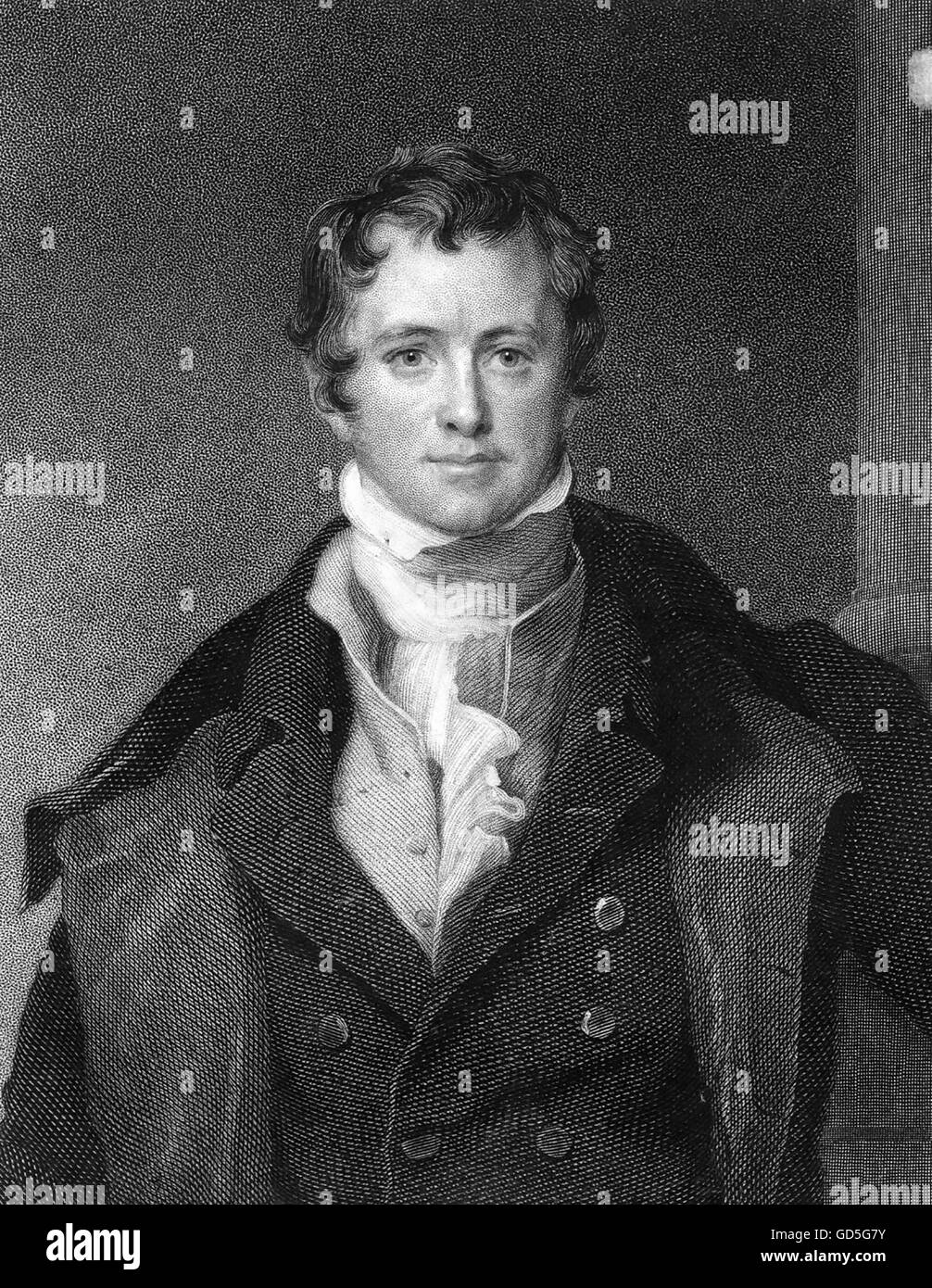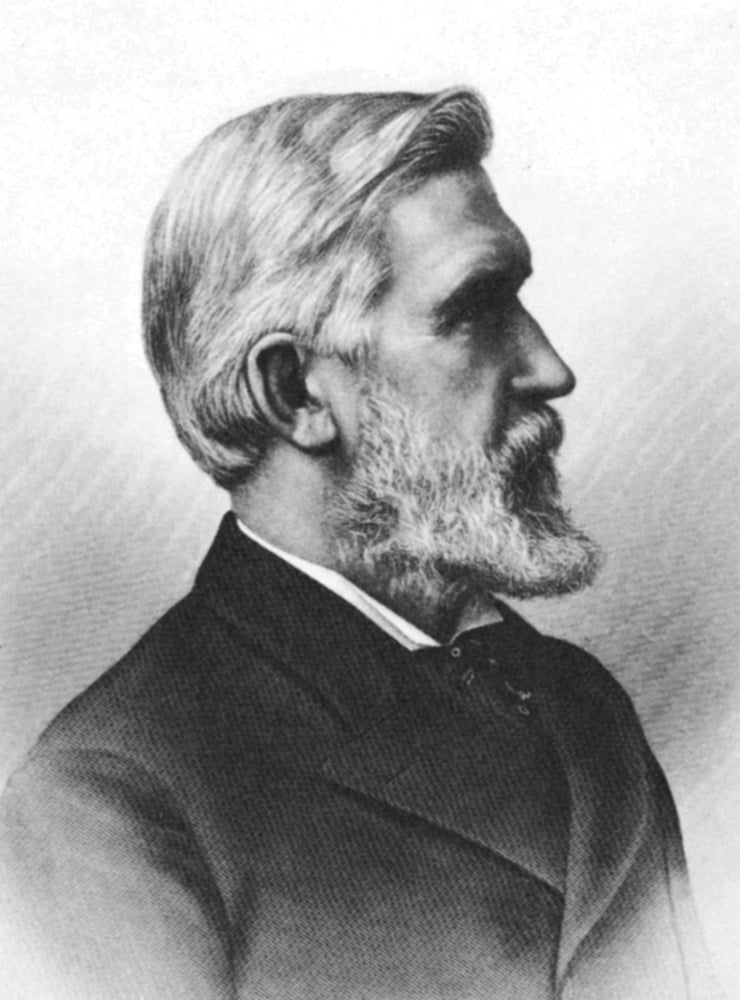
In 1868, Deere’s business was incorporated under the Deere & Company name.įrom his arrival in Moline, Deere was actively involved in civic activities, and in 1873 he became the second mayor of Moline. Among them was his insistence on selling only high-quality products. Those same principles guide Deere & Company to this day. Business boomed as Deere established a reputation for both his plows and his principles. Soon, Deere’s company was making 1,000 plows a year. The river provided water power for running a factory, as well as riverboats for bringing in raw materials and moving plows to market. In 1848, Deere moved his growing operation 70 miles southwest to Moline, Illinois, on the east bank of the Mississippi River. It wasn’t long before manufacturing plows became not only Deere’s identity, but his business as well. The need for a self-scouring plow was so great, it is said hundreds of people gathered at the farm of Lewis Crandall near Grand Detour to see the young blacksmith test his new product. Soil clung to the plow bottoms, and farmers had to stop and scrape off the dirt every few feet.Ĭonvinced that a plow with a highly polished surface would shed the sticky soil as it moved through the field, Deere made a plow using steel from a broken sawblade. Shortly after arriving, Deere learned from his farmer customers that the commonly used cast-iron plows of the day performed poorly in the sticky soil of the Midwest prairie.


When the New England economy collapsed in 1836, he followed other Vermonters to Illinois, where he established a blacksmith shop in Grand Detour. As a young man, he won acclaim for his workmanship and ingenuity as a blacksmith. After his father was lost at sea when he was four years old, Deere was raised solely by his mother.


John Deere was a blacksmith who developed the first commercially successful, self-scouring steel plow in 1837 and founded the company that still bears his name.ĭeere was born in 1804 in Rutland, Vermont.


 0 kommentar(er)
0 kommentar(er)
